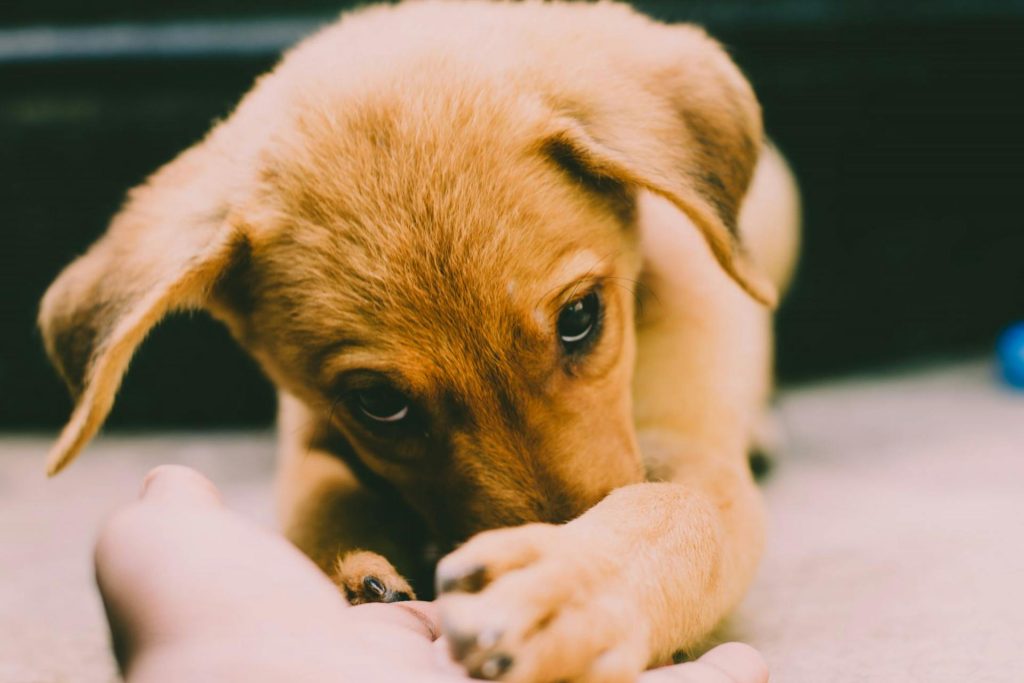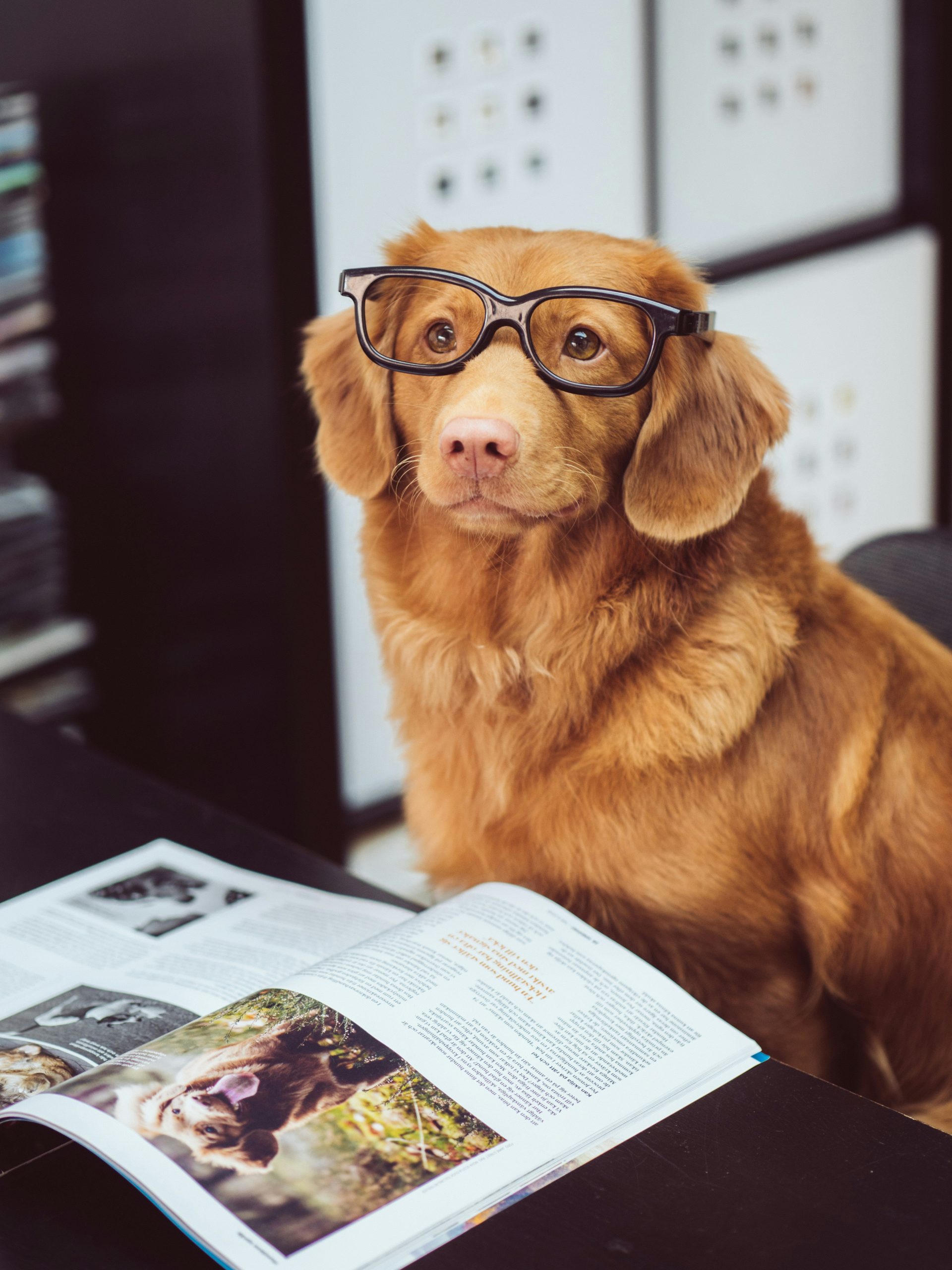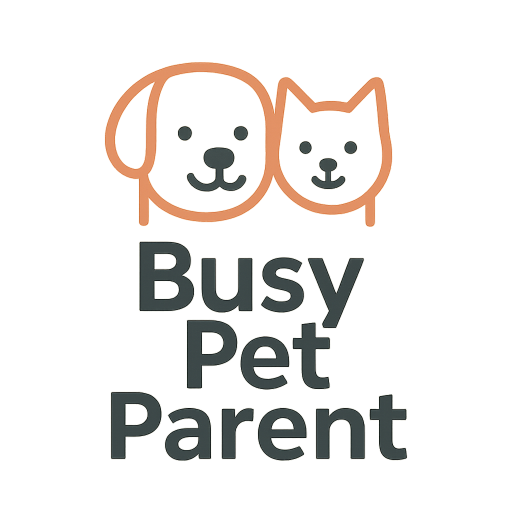
15 Game-Changing Puppy Training Tips for Apartment Dwellers
Raising a puppy in an apartment isn’t impossible—it just requires some creative thinking, patience, and a whole lot of pee pads. Without a yard to fall back on and with neighbors on the other side of thin walls, training can feel overwhelming fast. But don’t worry: it’s absolutely doable. Whether you’re in a high-rise or a cozy studio, these 15 game-changing tips for puppy training in apartments will help you build good habits early—without losing your sanity (or your deposit).
1. Start Crate Training Immediately
Crate training isn’t just about giving your pup a safe place to rest—it’s a lifesaver in apartments. A properly introduced crate prevents destructive behavior, aids potty training, and helps your puppy self-soothe during noise, alone time, or transitions.
Choose a crate that fits your space and your dog’s adult size. Place it somewhere quiet but not isolated, and always associate it with comfort and calm—not punishment.
2. Use a Consistent Potty Spot—Even Indoors
In a house, it’s easy to open the door and let your dog run outside. But in apartments, it’s essential to create a predictable potty routine—whether it’s on a balcony pad, fake turf tray, or specific bathroom area.
Choose one spot and stick to it. Use the same verbal cue each time. Eventually, your pup will associate that cue and that location with going potty—making outdoor transitions easier when they’re ready.
3. Introduce Sound Desensitization Early
Apartment life comes with a symphony of noise—elevators, footsteps, horns, vacuums, and loud neighbors. Help your puppy stay calm by gradually introducing household sounds during positive moments. Play thunder, traffic, and doorbell sounds at a low volume while feeding or playing.
Desensitization now reduces future barking, anxiety, and leash-pulling as they grow. A calm puppy = a happy landlord.
4. Teach Quiet Commands Before the Barking Starts
In tight apartment quarters, barking can cause tension with neighbors fast. Don’t wait until your puppy develops noisy habits—start teaching the “quiet” cue from the beginning. Use a calm tone, reward silence, and redirect with toys or treats when they start to fuss.
You can even teach “speak” first, then “quiet,” to make the contrast clearer. The earlier you start, the easier it is to prevent excessive barking before it becomes a pattern.
5. Puppy-Proof Every Corner of Your Living Space
Puppies are masters of mischief—especially in compact spaces. Use baby gates, cord organizers, and lidded bins to block access to cables, trash, and toxic items. Don’t forget to secure cleaning products, balcony doors, and low-hanging fabrics or blinds.
A proactive setup reduces stress and accidents. Your puppy can explore safely, and you won’t be constantly saying “no” every 5 seconds.
6. Rotate Toys to Curb Boredom-Induced Behaviors
Bored puppies get destructive fast—and apartment dogs have fewer outlets to burn off energy. Keep things interesting by rotating toys every few days. Hide a few, then bring them out like they’re new again. Include chew toys, soft plushies, and puzzle feeders.
Regular variety keeps puppies mentally engaged and less likely to take out their chewing urges on furniture, cords, or baseboards.
7. Learn to Redirect Teething Early
Apartment pups don’t have space to run off that chewing energy, so proper teething redirection is a must. Stock up on frozen teething toys, rubber chews, or soaked cloths to help soothe sore gums. Offer them proactively—especially when your pup starts nipping fingers, furniture, or fabrics.
For more help, check out this VCA puppy teething guide. A consistent redirect routine builds lasting bite inhibition and protects your stuff.
8. Get in the Habit of Elevator and Hallway Manners
Apartment pups will encounter tight spaces, strange smells, and other dogs in hallways and elevators. Use each outing as a training opportunity. Teach your pup to sit when the elevator dings, wait politely at your side, and avoid barking or lunging when passing doors or people.
These tiny rituals build long-term self-control and reduce neighbor tension. It also preps your dog for good leash manners on future walks.
9. Use Positive Reinforcement—Even for Small Wins
Puppies thrive on positive feedback. Every time your pup goes potty in the right place, stays calm around new noises, or avoids chewing something off-limits, reward it with praise, treats, or toys. Small wins matter—especially in environments full of stimulation like apartment buildings.
This mindset keeps your training focused on building trust and confidence instead of punishment—great for both your pup’s development and your neighborly peace.
10. Teach a “Place” Cue to Calm Energy Quickly
One of the most useful cues for apartment dogs is “go to your place.” Whether it’s a mat, bed, or crate, this command helps redirect zoomies, curb begging, and give overstimulated puppies a way to reset. Start by luring them to the space with a treat and rewarding calm behavior there.
With repetition, your puppy will learn that “place” means calm down and stay—especially helpful during deliveries, cooking, or cleanup.
11. Take Short, Frequent Potty Breaks
Puppies have tiny bladders, and in apartments, you don’t always have instant outdoor access. Instead of waiting for cues, build a proactive routine with short, frequent breaks—especially after meals, naps, or play sessions. Use stairs or elevators as part of the routine when possible.
If you’re stuck indoors, try a balcony potty station or turf mat to maintain consistency. Accidents will happen, but regular breaks reduce stress for both of you.
12. Build Alone Time with Slow, Calm Separation
Many apartment pups develop separation anxiety because they’re always around their humans. Start building independence early by creating short moments of separation—even when you’re still home. Use baby gates, playpens, or crate time with a chew to create positive solo sessions.
Over time, your pup will feel secure even when you leave the room (or the apartment), preventing problem behaviors like barking, scratching, or door pacing.
13. Use Chews to Redirect Destructive Behavior
When your puppy chews out of boredom or stress, it’s not misbehavior—it’s communication. Offer safe, long-lasting chews like frozen Kongs, bully sticks, or dental bones to redirect those instincts. Apartment puppies need outlets, and chewable distractions give them something productive to do.
Need help choosing the right options? Check out this Fear Free guide to destructive chewing for expert tips.
14. Keep Training Sessions Short and Frequent
Apartment puppies don’t need hour-long boot camps. Five to ten minutes of training, 2–3 times per day, is more than enough to build great habits. Keep sessions focused on one skill, use high-value treats, and always end on a win—even if it’s a simple “sit.”
Frequent mini-sessions are easier for your puppy to absorb and more practical for busy pet parents managing life in small spaces.
15. Be Patient With Noise, Neighbors, and Setbacks
Puppies in apartments deal with more stimulation than most—random hallway traffic, unpredictable elevators, and noise from every direction. It’s normal for training to take time. Expect accidents. Expect barking. Expect a few rough nights. That doesn’t mean you’re failing.
Stay patient, stay positive, and celebrate small progress. Your calm, consistent leadership is the foundation your puppy will grow from—for years to come.
Final Thoughts
Apartment puppy training might come with unique challenges, but it also sets the stage for an incredibly well-adjusted dog. By focusing on positive reinforcement, environmental structure, and realistic expectations, you can raise a confident, polite pup—even in the smallest of spaces. These 15 tips will help you build a strong foundation without sacrificing your sanity, your decor, or your neighbor’s goodwill. Stick with it—your future self (and your grown-up dog) will thank you.
Frequently Asked Questions
How do I potty train a puppy in an apartment without a yard?
Consistency is key. Set up a designated potty area (like a turf tray, pee pad station, or balcony spot), take your puppy there often, and reward immediately after they go. Over time, this helps build a reliable habit—even without outdoor access.
How do I keep my puppy from disturbing neighbors?
Use early sound desensitization, crate training, and “quiet” cues to manage barking. Keep them engaged with chews and toys, and avoid leaving them alone for too long too soon. Short, frequent play sessions help burn off energy in small spaces.
What’s the best way to deal with apartment teething and chewing?
Offer a steady rotation of safe chew toys, frozen cloths, or teething rings. Redirect gently and consistently. See the VCA teething guide or Fear Free chewing tips for more solutions.
Can I still crate train in a small apartment?
Definitely. Choose a crate size that fits your puppy’s needs and your floor plan. Place it somewhere calm, not isolated. Crates give puppies a secure retreat and make it easier to manage accidents and alone time in small homes.
How long does apartment puppy training usually take?
It depends on the dog, but expect 3–6 months for solid progress on potty habits, social behavior, and crate tolerance. With consistent effort and patience, most puppies adjust well to apartment life and grow into calm, confident adults.

Join the Busy Pet Parent Newsletter!
Get easy routines, time-saving tips, and the latest gear reviews—delivered straight to your inbox.
Perfect for busy pet owners, apartment dwellers, and anyone who wants a happy, healthy companion (without the stress).
Exclusive guides & checklists
Product recommendations & deals
No spam—unsubscribe anytime!




